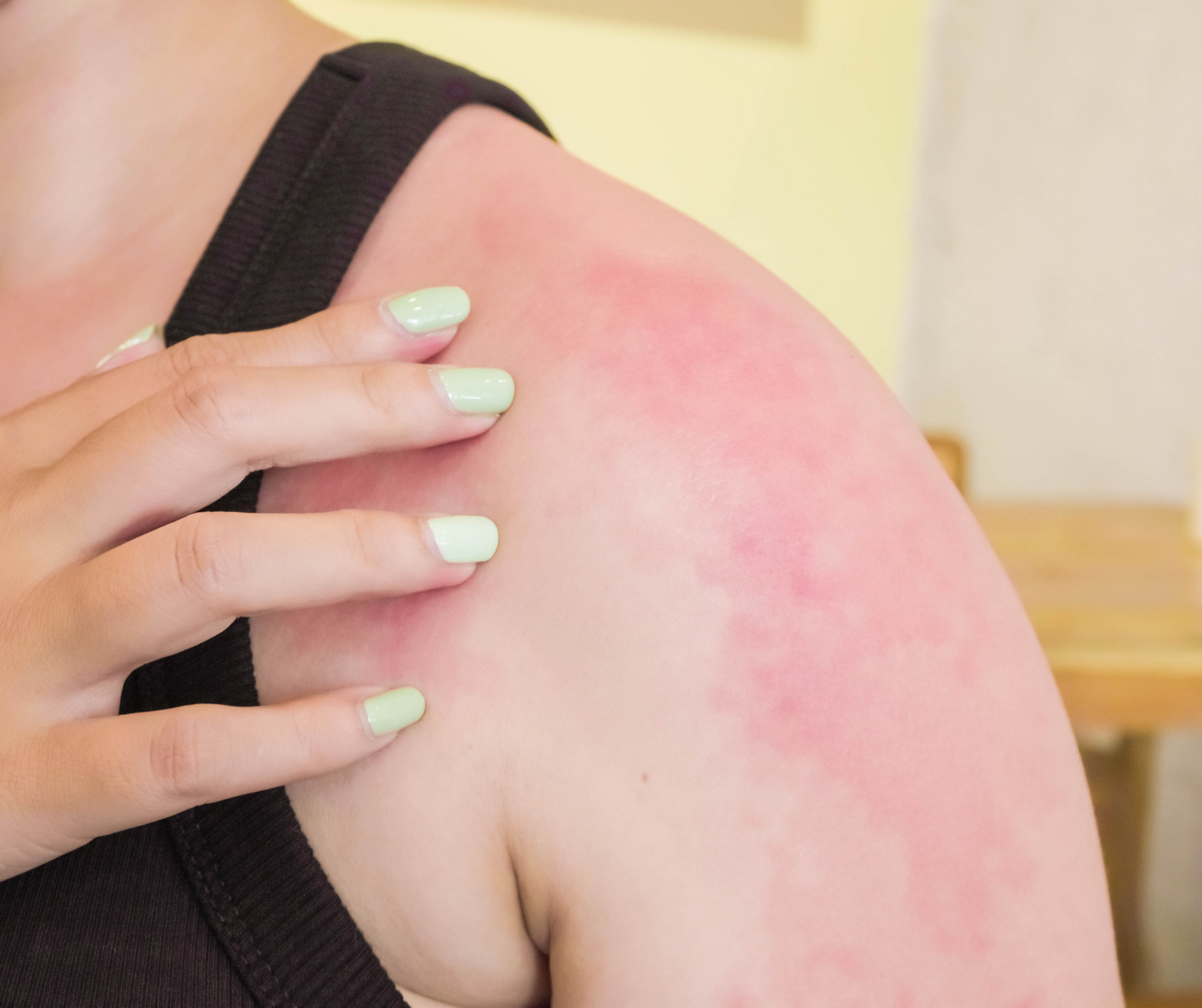Radiation Side Effects Skincare: Supporting Your Skin During Treatment
Gentle, Effective Solutions for Irritated and Sensitive Skin
Radiation therapy plays a crucial role in cancer treatment, but its effects on the skin can be challenging to manage. Many individuals experience redness, dryness, peeling, and other signs of irritation in the treated area. Finding the right skincare routine can provide relief and help restore skin health during this time. At Kureology M.D., we offer products and guidance tailored to soothe and support your skin through the healing process.
Understanding the Impact of Radiation on Your Skin
Radiation therapy is designed to target cancer cells, but it can also affect healthy skin in the treatment area. Common side effects include:
- Redness and inflammation
- Skin peeling or cracking
- Dryness and heightened sensitivity
- Darkening or discoloration of the skin
The severity of these effects can vary based on the treatment area and duration. However, with proper care, you can significantly improve the appearance and feel of your skin.
Building a Gentle Skincare Routine
A simple, gentle skincare routine is crucial to managing radiation-related skin changes. Here's how to build one:
1. Cleansing with Care
Use a mild, fragrance-free cleanser to avoid further irritation. Cleanse with lukewarm water to prevent additional dryness, and avoid hot water that can strip the skin of moisture.
2. Moisturize Frequently
Hydrate your skin with a rich, soothing moisturizer. Keeping your skin moisturized helps repair its natural barrier and reduces the discomfort of dryness and irritation.
3. Protect Your Skin
Sun protection is vital, especially when your skin is more sensitive during treatment. Apply a physical sunscreen with zinc oxide or titanium dioxide to shield your skin from harmful UV rays without the use of harsh chemicals.
4. Avoid Irritants
Refrain from using products with alcohol, exfoliants, or strong fragrances. These can exacerbate redness and increase skin sensitivity.
Supporting Your Skin with Kureology Products
Kureology M.D. offers a range of dermatologist-approved, hypoallergenic products formulated specifically for sensitive, irritated skin. Our products are designed to hydrate, soothe, and repair the skin barrier, making them an excellent choice for those undergoing radiation therapy. With Kureology, you can trust that your skin is receiving the care it deserves during this challenging time.
Personalized Skincare Guidance at Kureology M.D.
Everyone’s skin responds differently to radiation therapy. That's why personalized skincare guidance is essential. At Kureology M.D., we provide tailored skincare recommendations based on your unique needs. Our goal is to help you achieve healthier, more comfortable skin, no matter what challenges you're facing.
Take the Next Step in Your Skincare Journey
If you're experiencing skin changes due to radiation therapy, don’t hesitate to reach out. Let Kureology M.D. support you with expert advice and trusted skincare products. Contact us today to learn more about how we can help you restore your skin's health and comfort.





Share On: